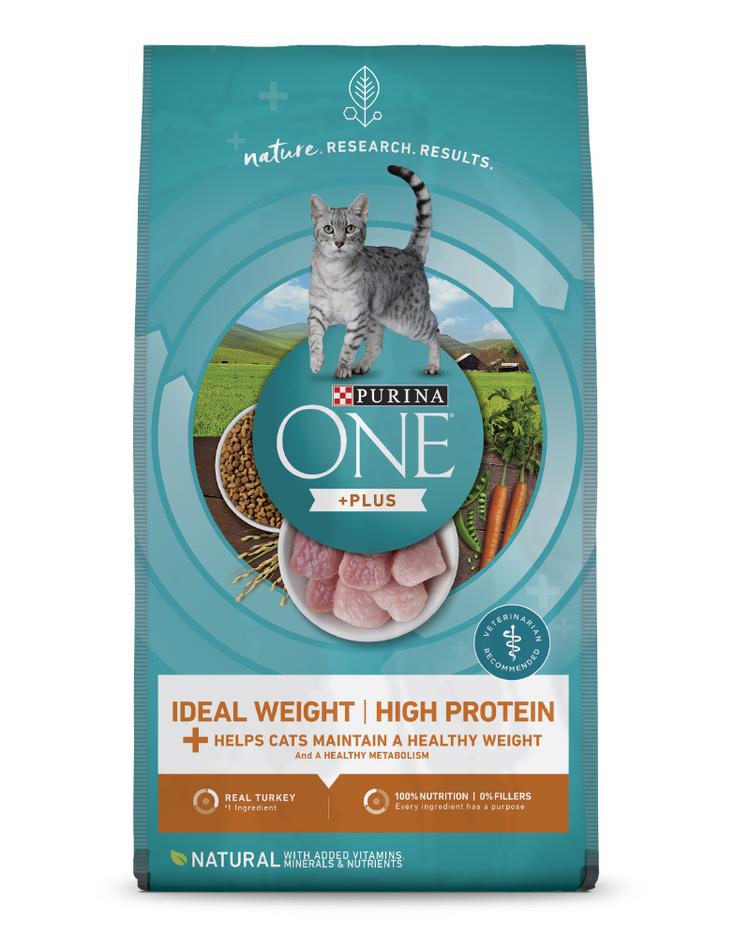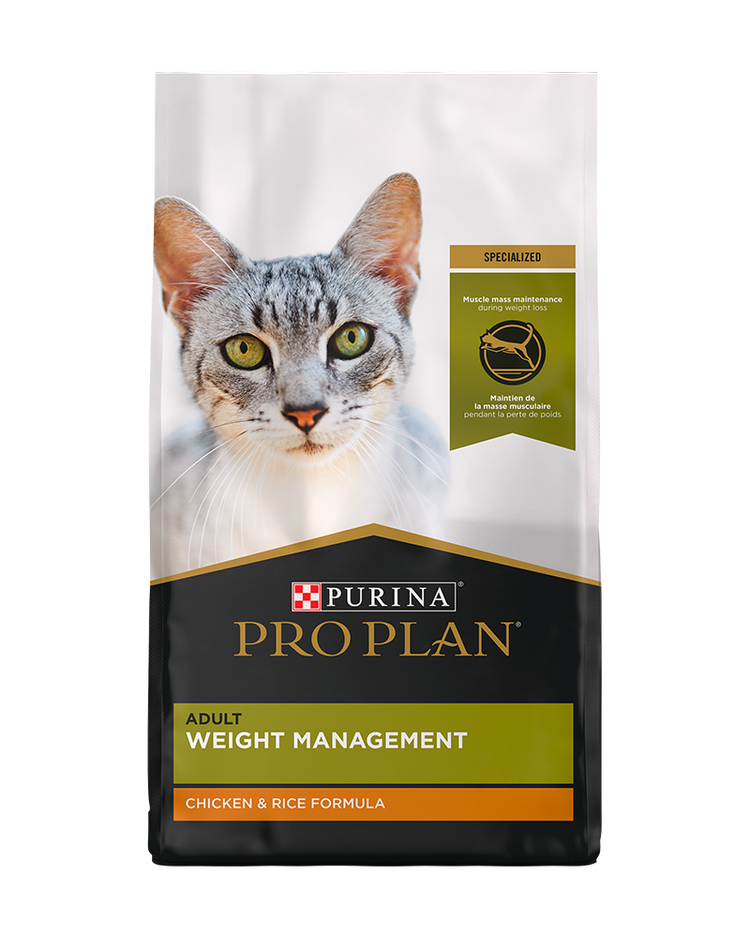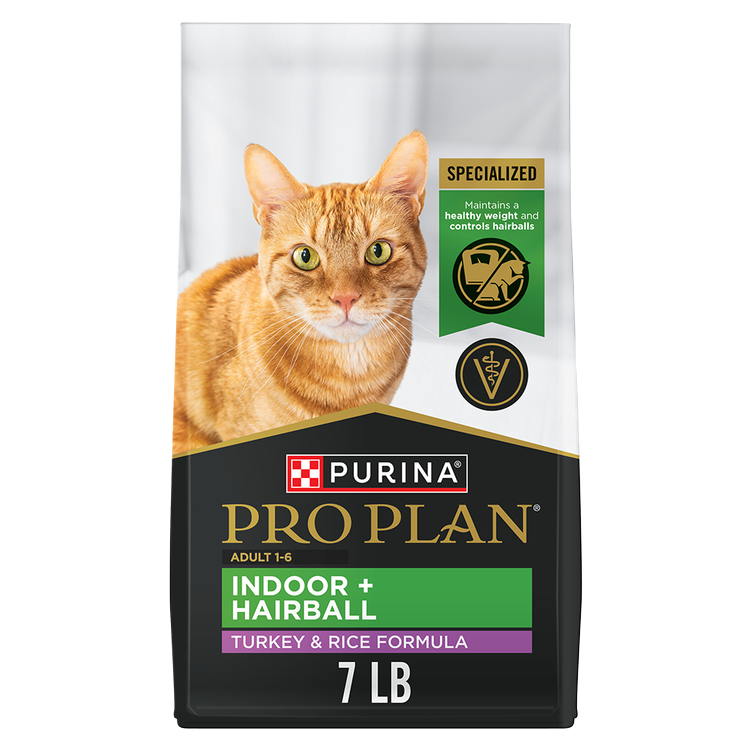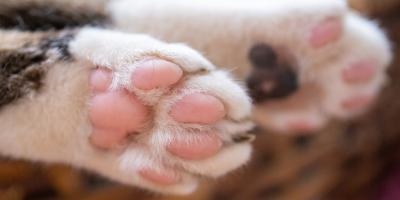Pancreatitis in Cats: Symptoms, Treatment & Diet


Diagnosing pancreatitis in cats can be challenging for pet owners and veterinarians alike.
The exact causes of the disease are unknown; symptoms can be mild, making it hard to notice at home; and while tests are effective, there is no single, go-to method for detecting it.
Given these challenges, it’s important to understand what signs there are, as well as what to expect from treatment (switching to a specific tailored to their nutritional needs is often required).
Read on to learn more helpful information about feline pancreatitis.
What is the Pancreas?
Lying just under the stomach and along the beginning of the small intestine, the pancreas is a small pink organ.
Its main responsibilities include breaking down food through secretion of enzymes. It also regulates blood sugar levels, through secretion of hormones known as insulin and glucagon, which provide the body with energy.
Understanding Pancreatitis in Cats
Pancreatitis refers to inflammation of the pancreas. Often, the causes are unknown but in some cases the disease may be related to an immune-mediated process, trauma, infection or reactions to certain drugs.
When the pancreas becomes inflamed, the digestive enzymes that are usually stored within the organ are released prematurely, causing them to start digesting the pancreas itself.
As a result, they may enter circulation and cause inflammation in neighboring organs like the liver.
In acute cases, the pancreas can recover and be repaired.
In chronic cases, the pancreas loses the ability to function normally, which can lead to other diseases like diabetes mellitus.
In cats, there is also a condition called triaditis. This includes concurrent chronic pancreatitis, inflammatory bowel disease and cholangiohepatitis, which is inflammation of both the liver and the biliary system.
The prognosis for cat pancreatitis varies depending on the severity of the disease. With mild to moderate illness, the prospect for recovery is typically good with proper treatment. Chronic and severe cases can be fatal.
Which Cats Get Pancreatitis?
Pancreatitis can affect cats of any age, breed or sex, although it tends to occur in middle-age and senior felines more often.
Pancreatitis in Cats — Symptoms
When it comes to pancreatitis in cats, symptoms can be hard to detect at first; there isn’t necessarily a clear red flag.
If you see the following signs, however, contact your veterinarian, especially if they appear at the same time.
- Lethargy
- Loss of appetite
- Vomiting
- Abdominal pain
- Fever
- Weight loss
Diagnosing Pancreatitis
Your veterinarian can diagnose pancreatitis by evaluating your cat’s symptoms against different blood tests and abdominal ultrasound.
If tests confirm elevated levels of pancreatic digestive enzymes, this can be a helpful clue. Enzymes may be elevated for other reasons, however, so different tests known as the feline
specific PLI (pancreatic lapse immunoreactivity) can be administered as well to confirm a diagnosis.
Your veterinarian will decide which tests might rule out other causes for your pet’s clinical signs.
Often, cats with pancreatitis are also affected by a condition called hepatic lipidosis or fatty liver disease, which stems from a large drop in caloric intake.
If this occurs, it can make recovery significantly more difficult.
Pancreatitis in Cats — Treatment
Treatment for pancreatitis in cats typically involves supportive care such as intravenous fluids, which are important as patients are usually dehydrated from diarrhea and nausea.
Anti-nausea medications and pain medicine can control the clinical signs and provide relief as well.
Other possible interventions include antibiotics and plasma transfusions depending on the severity of the inflammation.
Mild cases of pancreatitis may be managed through outpatient care and at home. More severe cases, however, will likely require hospitalization.
Cat Pancreatitis Diet
Following a feline pancreatitis diet can also help your cat recover, especially if it’s started in the early stages of the disease.
Nutritionally, cats with pancreatitis do not appear to be as fat sensitive as dogs. They are often placed on a highly digestible, moderate fat diet.
If inflammatory bowel disease is suspected as a contributing factor, a may be recommended. If the case is chronic, the patient may be on the special diet long term.
Your veterinarian can suggest cat food for pancreatitis based on your individual pet’s situation.
Remember, if you think your cat may be showing signs of an inflamed pancreas, contact your veterinarian as soon as possible.
Want more cat health tips? Visit our Pet Expertise page for advice from our experts.
Related articles

Earn myPurina Rewards with Every Purchase
Use your points for treats, toys, and gift cards with myPurina app.






